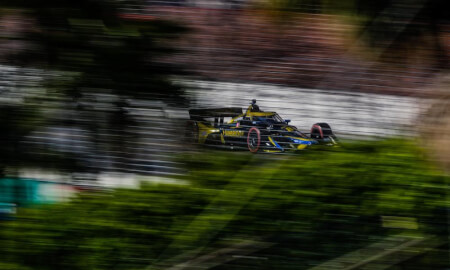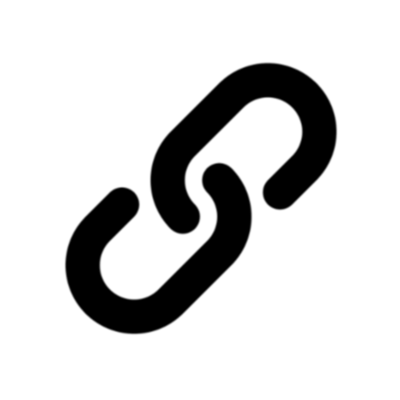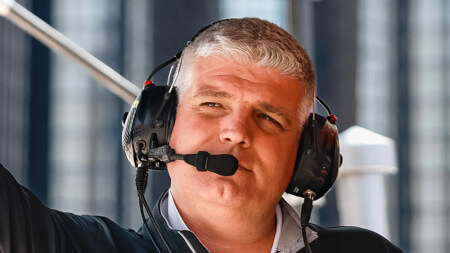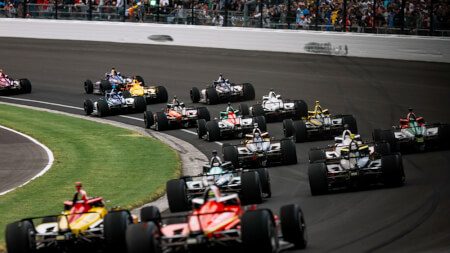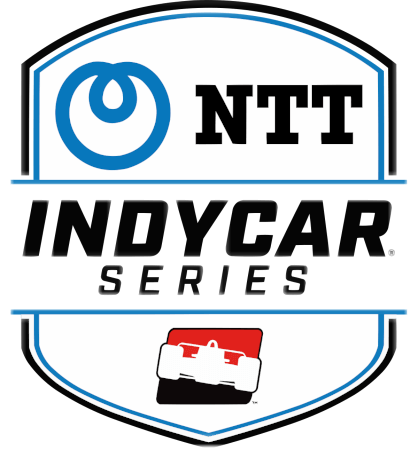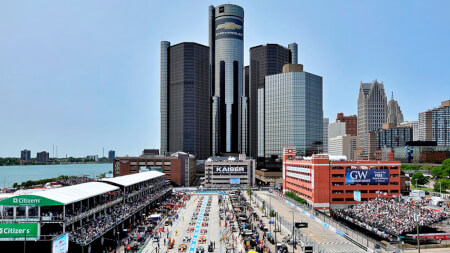March 3rd 2022
Support Growing for New IndyCar Chassis in Tandem with Hybrid Powerplant
Four IndyCar drivers have performed track tests with Dallara DW12s in a specification that simulates the weight and power of IndyCar’s newly-delayed 2024 hybrid engine package. After the tests, all four drivers came to the same conclusion: A new chassis is needed to carry the 2.4-liter twin-turbo V6s and energy recovery systems (ERS).
The NTT IndyCar Series’ long-held plan has been to extend the lifespan of the DW12 by using it as the initial vessel for the hybrid powertrain. After mating the hybrid powertrain with the old car to go racing for one or more years, IndyCar has said a new and lighter chassis will replace the DW12 at an undetermined point in the future. It could be 2025, 2026, or later.
In most of the major vintage racing organizations, cars must be at least 10 years old to be eligible for entry at historic events. It means the new-for-2012 DW12, which just entered its 11th season of use by IndyCar and will become a teenager if it’s retained in 2024, is the only chassis that’s currently qualified to participate in the modern racing championship it was designed for and in vintage races at the same time.
With the hybrid engine formula pushed from 2023 to 2024, the delay with the 2.4-liter twin-turbo V6 motor and ERS package has given IndyCar and Dallara an unexpected gift of time — a free year — to commission a next-generation car to complement the new powertrain and unveil both in unison.
To date, IndyCar’s interest in fast-tracking a new chassis has been limited. When asked last weekend at St. Petersburg about the likelihood of using the hybrid postponement to commission a Dallara DW24, the series seemed disinclined to stray from its plans and retire the DW12 before the hybrids come online.
Moving forward, excessive and escalating chassis weight is the main concern and the primary reason for the pleas to mothball the DW12 and replace it with something lighter and custom made to compliment the hybrid technology.
So far in testing where the weight of the 2023 car has been tried with the DW12, drivers have been massively underwhelmed by the product.
Once they are completed, the ERS units made by MAHLE are expected to add between 110 and 120 pounds to the rear of a car that is already much heavier than the DW12’s designers intended. The most recent steps in the 2023 development process were completed last year with running done at the Indianapolis Motor Speedway by Meyer Shank Racing’s Helio Castroneves and Arrow McLaren SP’s Pato O’Ward, and at Mid-Ohio with Chip Ganassi Racing’s Alex Palou and Team Penske’s Josef Newgarden.
In both tests, the Chevy- and Honda-powered teams bolted in 120 pounds of ballast behind the engines to replicate the estimated final weight of the ERS units. After factoring in the addition of 60 pounds to the front of the cars that arrived in 2020 as IndyCar introduced its sturdy aeroscreen cockpit safety device, the aged DW12s would be saddled with 180 pounds of extra mass to manage in 2024. Filled with fuel, and with the drivers strapped in, the hybrid DW12s should tip the scales in excess of 2000 pounds which, like the age of the chassis, would make for another unflattering modern record.
IndyCar also asked Chevy and Honda to dial up the horsepower at the tests to simulate the 800-900hp meant to be produced by the hybrid powertrains. At Mid-Ohio more so than IMS, the power hike gave Newgarden and Palou a first look at how the higher weight, power, and speed affected handling, accelerating, and braking. Based on the feedback from the four test drivers from their time spent on the big 2.5-mile IMS oval in 2023 trim and at the 2.3-mile Ohioan road course, their honest opinions are worth sharing without interruption:
PATO O’WARD: “We have an opportunity coming up in the next few years where IndyCar is on the rise, many people have interest in it, and it’s time for a new car when a new engine is coming out. All these safety things that we’ve added onto this DW12 car are amazing. The problem is this car wasn’t designed from zero with all these add-ons; we need a car that’s designed with all of this new stuff and all the safety stuff put in from the beginning. Everything is just going to get better. I understand it’s going to be a bit more cost, but I feel that for the long run, it’s definitely the way to go.
“I don’t think adding on more and more things to an already very heavy ‘Frankensteined’ car is gonna do the trick. And it just gets to the point where there’s nothing we do in the setup that helps you get rid of the plowing understeer in the corners. The thing just doesn’t go where you want it to go. You can influence it somewhat initially, with very fast turning to get the thing rotated as soon as you can, but in long-lasting quarters, you can’t do that or you’re going to be spinning off into the wall. There’s a hard balance to find there.
“When we’re adding so much more weight to the back of the car, that’s gonna oversaturate the tires to (beyond) what they’re capable of. That’s the issue that I see. We’re adding more power and weight, but we don’t have more tire. Lightness would help us.
“Like I said, I think the time is now for a new car. It’s time for a new era, together with the hybrid engine, with a new car, that’s created together with the aeroscreen. Build a package that’s built from zero together. You know, low, fat, fast and loud. That’s what we want.”
HELIO CASTRONEVES: “This (DW12) car has been here since 2012. They did a great job, but in my opinion, if we’re going to do this new engine, we have to do it the right way.
“We’ve put the new safety panels on the side, we put the new aeroscreen on it, and we’ve done all these things. And then we add these 120 pounds, and maybe other stuff, which is a lot. But if we’re doing this engine, start fresh, start with a new car, so it can go for 10 more years in the future. So my opinion on that is start it right, do it right, go to the new chassis.”
JOSEF NEWGARDEN: “I love our current chassis, without a doubt, but I am certainly a fan of bringing on a new chassis sooner than later. So whenever that’s gonna fit into the timeline is not up to me, but I’m in the club of asking for it sooner than later.
“Observationally from my side, the effort of driving the cars is only going to go up another notch and I’ve always been a fan of keeping the cars as difficult to drive as possible. I always want an area where I can separate myself against the competition, but you reach a point where you may be asking too much of the average person in the field.
“I think the physical demand is certainly starting to get to a place where it’s going to be very difficult to drive the cars with 120 pounds of more weight on the chassis. I think from a tire standpoint, Firestone can build a great tire and the more tire management that’s required from the drivers is only a good thing. The more that we have to manage the tires, the more the really skilled guys are going to enjoy that and have a bit of a separator.
“But from a performance and just a safety standpoint, I think a lighter car is always going to be better for those two classifications. I think as we march towards the future, we want more power. I love the idea of the hybrid system and tying into road-car technology. But we’ve got to also find a way to keep the weight reasonable.”
ALEX PALOU: “It was Newgarden and me at the track, and when we first tested the new spec with more weight and more power it was tough to drive, because the car was super-heavy and was not easy to stop. Especially at Mid-Ohio, which is not super-easy with the brakes, but it’s not the hardest either. It was also tough physically. I remember we did three consecutive long runs and (afterwards) we both were done. We spoke after the last session and we were like, ‘Man, I don’t know if we can drive this thing.’
“It’s not really nice to drive because as IndyCar drivers, we want to be fast, and we feel being fast in the corners, but putting more weight on makes it slower in the corners so it was not great to drive. I don’t think we gained much with putting more power in. I did not like the way it was driving. The first laps it was super-lazy in the corners, and especially at Mid-Ohio, you have to connect one corner to the other. It was quite bad on the brakes and going with a car with more power, it’s gonna be super-bad on the brakes and on our shoulders as well. To be honest, we need a new car. I think everybody feels that way.”
To date, the argument against bringing out a new chassis at the same time as the hybrid engines has centered on costs. In this regard, and to its credit, IndyCar has been clear in its mission to avoid stretching the bank accounts of its teams.
Conversely, the cost to update each DW12 is expected to be significant, which begs the question as to why teams would be asked to invest six-figure sums into old cars that will be replaced with new cars to buy 12 to 24 months after the hybrid engines go live. Would holding onto the DW12 instead of going to a new chassis in 2024 end up being a waste of money for its teams?
Asked if they had a preference on whether IndyCar should get Dallara going on a new chassis to go with the hybrid powertrain in 2024, or stick with the staggered introductions and do a new chassis in 2025 or beyond, a few IndyCar team owners and team managers gave us their unfiltered thoughts. And unlike the drivers, a unanimous opinion was not found.
For more information: www.racer.com
For more information: www.racer.com
